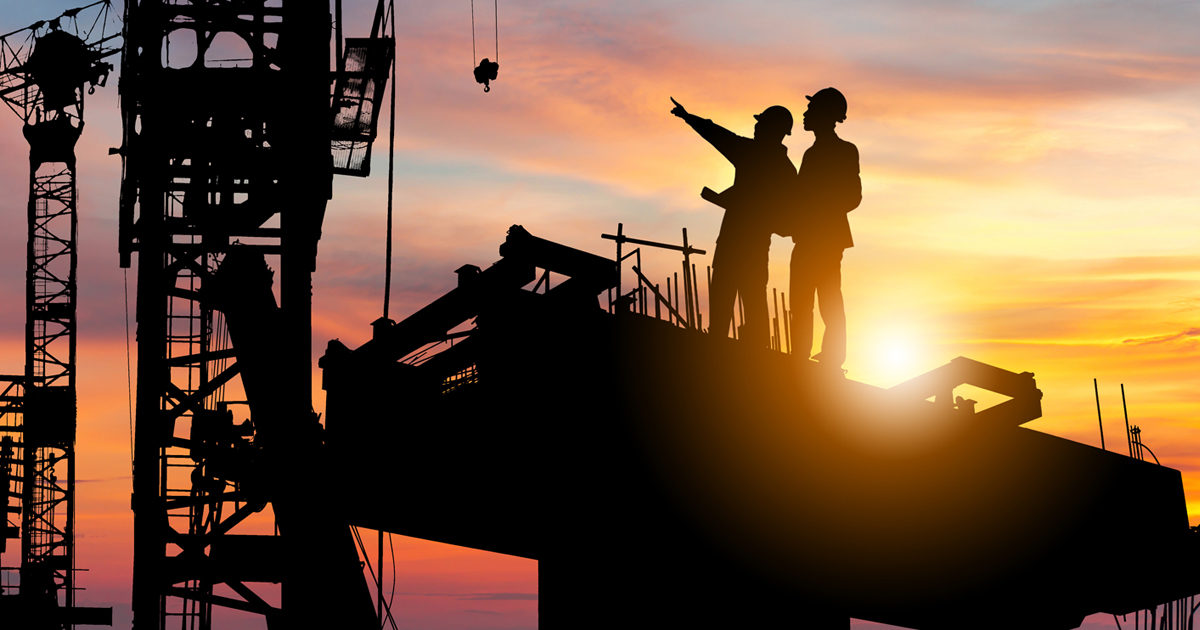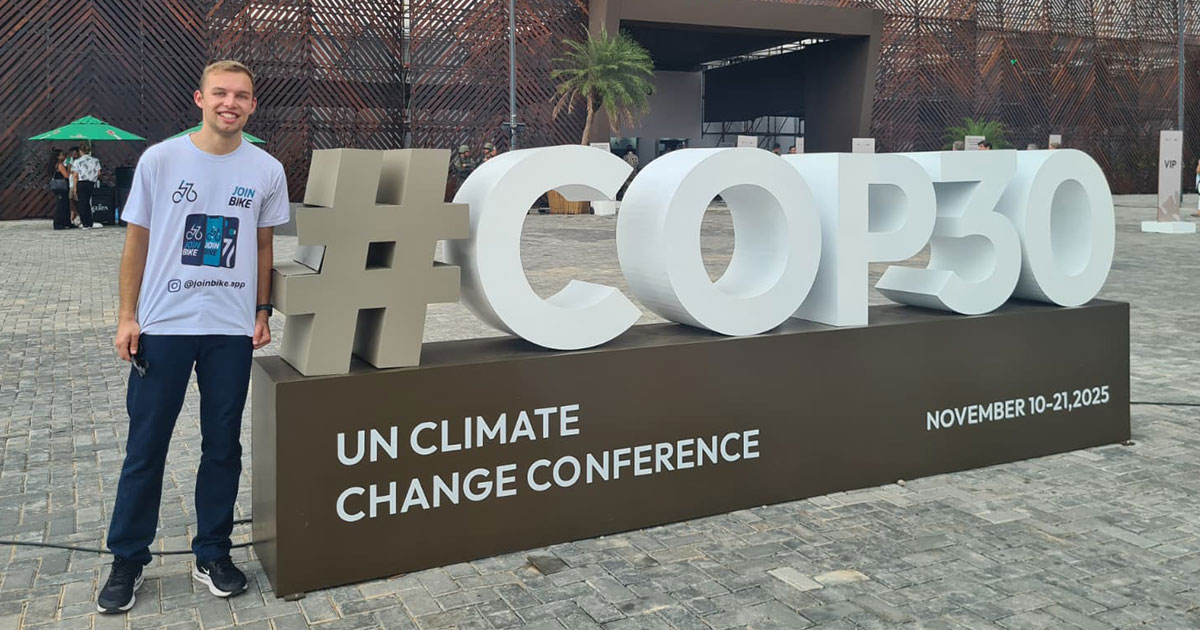How Will the Infrastructure Bills Impact the Economy?

Two government spending bills have the potential to profoundly affect how Americans live.
Last month, President Joe Biden signed into law a $1.2 trillion infrastructure bill that includes new funding for roads, bridges, and waterways and promises to create hundreds of thousands of new jobs. A companion social spending bill, the $1.7 trillion Build Back Better Act, which cleared the House last month, would fund child care, education, Medicare expansion, and efforts to address climate change.
But questions loom about whether the fiscal packages will boost economic growth or create new problems, such as increased taxes and higher prices. Some economists say the additional federal spending could further stoke inflation, which already has resulted in the fastest rise in consumer prices in 30 years. Others argue that the investments will boost worker productivity and will have little effect on inflation because the spending will be spread out over 10 years.
We asked two Babson College economists to weigh in: John Marthinsen, the Distinguished Chair in Swiss Economics, who studies macroeconomics, and Kankana Mukherjee, associate professor of economics, who researches production economics and efficiency.
What effect would the planned investments in child care, education, and workforce development have? Some say it will it increase the labor force and productivity.

John Marthinsen, the Distinguished Chair in Swiss Economics.
Marthinsen: For many, if not most, people, the term “investments in infrastructure” means building better roads, bridges, airports, seaports, inland waterways, digitalization, and communication systems. These investments increase our nation’s physical capital and raise productivity. They are also relatively user friendly in measuring productivity changes. Education and workforce development are investments in human capital, which also increase productivity but may be more challenging to measure. Child care is likely to increase female and male participation rates, which will increase our nation’s real GDP, but its effect on productivity depends on how you measure it.
In the end, physical and human capital investments will increase demand. Which of the two will do a better job increasing productivity depends on how the funds are spent. I am reminded of the Great Recession, when the U.S. Conference of Mayors sent Barrack Obama more than 11,000 suggestions of “shovel-ready” projects that could guide the national government’s spending and get us on the road to prosperity. Among the suggestions were polar bear exhibits, elevated catwalks, waterpark rides, fitness centers, skating rinks, and turtle runways, all of which would have increased demand and provided short-term employment to some. I’m not sure if the government adopted any of these suggestions, but you get the point. Bridges to nowhere and other forms of senseless spending will not help the United States in the long run. What we need are better ways to ensure funds are spent wisely, find ways to learn from our successes and failures, and step by step increase our nation’s productivity. The nonpartisan Congressional Budget Office tries to do just that by assessing the costs and benefits of proposed spending bills.
“Bridges to nowhere and other forms of senseless spending will not help the United States. What we need are better ways to ensure funds are spent wisely.”
John Marthinsen, Distinguished Chair in Swiss Economics at Babson College
Mukherjee: Education and workforce development are investments in human capital and increase productivity and bring about economic growth. In the long term, a more educated workforce will bring about more innovation and thereby push the production frontier for the economy. Child care improves participation in the labor force, particularly for women, and unleashes their potential and productivity in the workplace.
Will the bills boost economic growth, as some economists predict?
Marthinsen: The answer to this question depends on whether you consider the short-run or long-run effects. In the short run (say one to five years), as long as the government and central bank remain credible, increased government spending should stimulate the nation’s demand, increasing real GDP, creating jobs, and increasing the inflation rate. The tradeoff between lower unemployment and higher inflation will be one we may struggle with for several years. Part depends on how transitory inflation will be and how the increased government spending is financed. For example, will it be funded by borrowing, which will increase our government’s $28.4 trillion debt, by the Federal Reserve, which will increase the money supply and potential inflationary pressures, or with taxes, which could reduce growth? Each way has possible disconcerting consequences.

Kankana Mukherjee, associate professor of economics.
The long-run implications are less predictable and the ones we should spend serious time considering. The United States is a wealthy country with an enormous GDP, but in terms of income per person, living conditions, and overall happiness levels, we have a lot to learn from other countries. In your calculations, it’s like aiming for the moon and being just a degree off. You arrive nowhere near to where you want to be. Decisions now could change our long-term aim by many degrees.
Mukherjee: Some benefits for small businesses include: broadband upgrade, with better and reliable internet access and connectivity empowering small businesses, especially those in remote areas with limited digital access, and the upgrading of roads, bridges, airports, ports, and waterways. A wide range of small businesses will directly benefit from projects and contracts from this infrastructure upgrade. Small businesses will benefit from a reliable transportation and infrastructure system to move their products efficiently. Small businesses also will be able to overcome supply chain issues arising from the current poor transportation system. The benefits will vary across industries.
Some economists say that an increase in wages could prompt employers to pull back on hiring. What do you think?
Marthinsen: The effect of higher wages on unemployment is controversial because they increase certain individuals’ incomes and allow them to spend more, which creates jobs, but they also increase operating costs, raising prices and reducing the amounts demanded. A common refrain is this: If higher wages do not reduce employment, why don’t we pay everyone at least $100 per hour and make everyone well off? Clearly, at some point, an increase in wages reduces employment and causes unwelcome increases in inflation as costs rise.
Mukherjee: The impact of a wage increase on hiring depends on whether the wage increase is nominal or real, the price of capital, the demand for products, and so on. All else constant, a rise in real wages would increase the relative cost of labor and lead to some substitution of capital for labor to produce the same amount of output and so reduce hiring. But when there is overall inflation there may be an increase in nominal wages, but because the price of other inputs, as well as the price of the product are rising, the situation would be different. If demand for products is increasing, then in spite of an increase in wages (and resultant increase in cost of production), there may not be a reduction in hiring.
Lastly, and importantly, an increase in wages would lead to a pullback in hiring only when the wage increase is not the result of an increase in labor productivity. As productivity of labor rises, wages should increase, but this will generally not lead to a reduction in employment. This is because the increase in cost is covered by the increase in revenue due to the higher labor productivity, which increases the quality and quantity of output. In the last couple of years, businesses have made a lot of operational adjustments due to the pandemic to incorporate digitization and automation. These could enhance productivity (and economic growth) in the coming years and bring about increases in wages.
Posted in Insights





